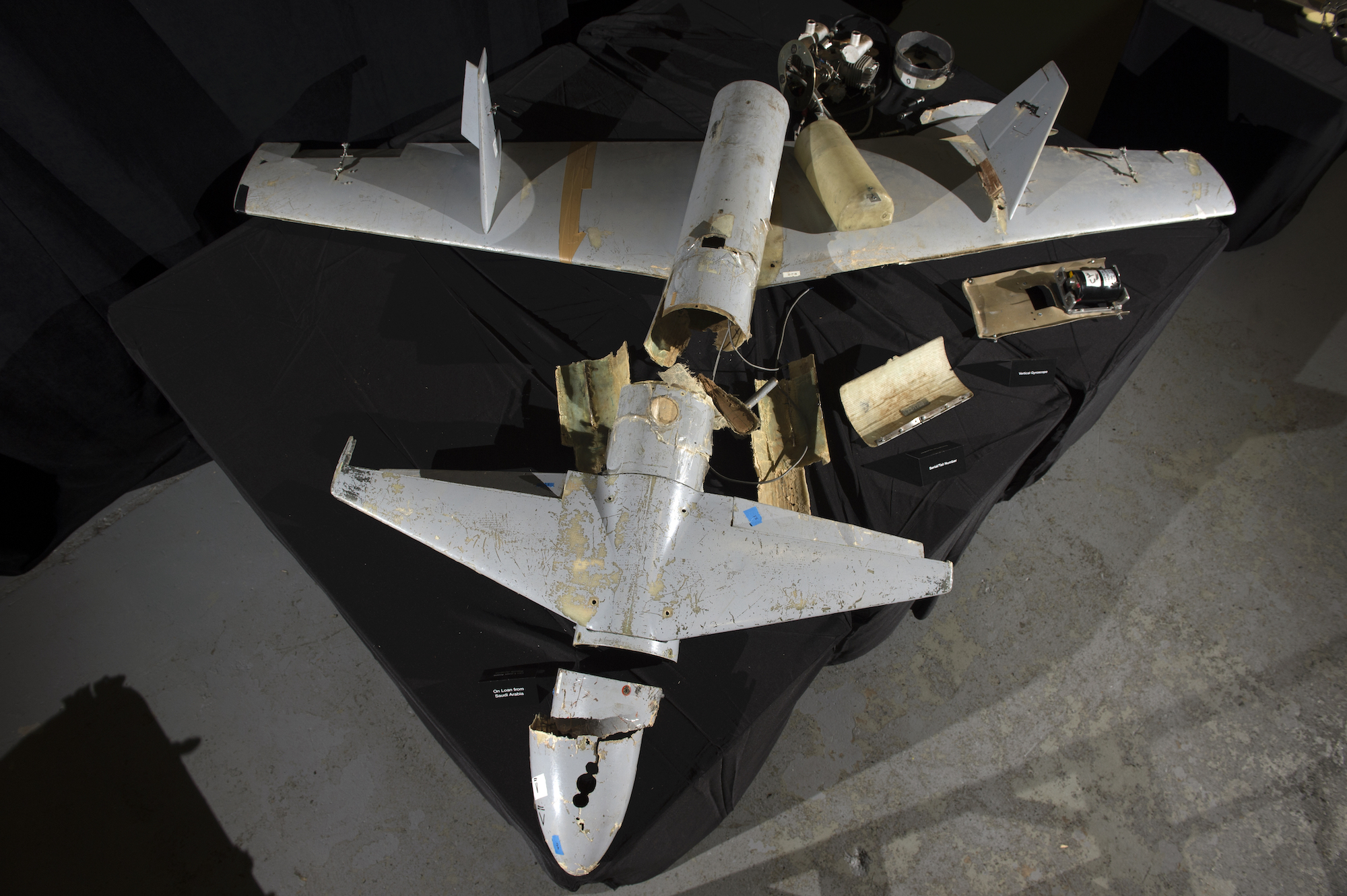

On July 11, Jake Sullivan, the National Security Advisor, told reporters that the government of Iran was prepared to send several hundred drones, including armed drones, to Russia. And in late June, the impoverished Buryatia region of Russia reportedly raised 200 million rubles of its own funding to buy equipment for soldiers, including quadcopters. Taken together, these stories offer a portrait of how Russia is trying to sustain its invasion of Ukraine, with both foreign and hobbyist drones being pressed into military service.
When Russia invaded Ukraine on February 24, it did so with an army that had some experience with modern warfare, but nothing on the scale of the massive three-pronged tank-led assault it undertook. In the four and a half months since, the Russian military consolidated its hold around southern Ukraine, withdrew its failed attempt to capture the capital of Kyiv, and concentrated a major advance on the Donbas region of eastern Ukraine.
With an increasingly static front line, Russia is relying on its numerically superior artillery to destroy Ukrainian forces. Ukraine, in turn, has received new long-range artillery from the United States and NATO countries, which it is using to destroy Russian ammunition depots near the front. To make every artillery shot count, both sides are relying on drones to find targets, and also to reveal if the targets were destroyed.
Russia’s push for new and more drones comes in the context of these artillery duels.
No longer ‘blind kittens’
Drones give forces an eye in the sky. “These commercial drones are used to conduct surveillance, provide timely intel on the Ukrainian forces, as well as to direct artillery/MLRS/mortar strikes,” said Samuel Bendett, an analyst at the Center for Naval Analysis and adjunct senior fellow at the Center for New American Security. “Russian efforts now also involve using these commercial quadcopters to drop munitions, something that Ukrainians have excelled in during the conflict.” Videos of drones dropping bombs in Ukraine date back to the earleir Donbass war, and have proliferated ever since the invasion.
While there are dedicated drone models built for and deployed by the military, Russian units, from infantry formations to tank crews to artillery teams, have supplemented military drones with commercial and hobbyist models, the kind that can be found in stores.
These hobbyist drones, like those made by China’s drone giant DJI, are not part of standard issue kit. In April, DJI specifically halted sales of its drones to Russia and Ukraine.
Regardless, soldiers are finding ways to get the drones on their own, or in the case of the regional government of Buryatia, using its own meager governmental funds to supply soldiers.
[Related: Calling all ‘dronations’: a new way to help Ukraine]
Buryatia “is one of the poorest regions in the country, and it’s no surprise that many of its soldiers are fighting in Ukraine, many for the monetary reward promised by the Ministry of Defense,” says Bendett. Siberian news service Tayga published an account from the government of Buryatia, where soldiers returning from the front described fighting without quadcopters as being like “blind kittens.” These quadcopters give soldiers the ability to see 5 km (3.1 miles) from where they are, whereas going into battle against enemies that do have quadcopters risks being spotted miles away.
Additional funds being raised for deployed soldiers is not uncommon in war. During and after the US invasion of Iraq in 2003, stories of national guard soldiers buying their own body armor proliferated, as did reports of bake sales to equip soldiers already serving in the best funded military on Earth. In Russia, the invasion of Ukraine is still described by the government and press as a ‘special operation,’ but published appeals for more direct aid to soldiers show at least some acknowledgement that the military is struggling.
“What’s unusual so far is the language critical of Russian military capability gaps, like soldiers talking openly that they lack [intelligence, surveillance, and reconnaissance] equipment at the tactical edge,” says Bendett.
What to know about the Iranian drones
“It’s unclear whether Iran has delivered any of these [drones] to Russia already,” Sullivan told press on July 11. “But this is just one example of how Russia is looking to countries like Iran for capabilities that are also being used, I might add, or have been used before we got the ceasefire in place in Yemen, to attack Saudi Arabia.”
Sullivan was specifically referring to the kind of drone strikes launched by Houthi forces in Yemen, as part of the ongoing war in that country between various factions, including Saudi Arabia. These attacks include loitering munitions fired at oil refineries in Saudi Arabia, a kind of long-range attack that was previously difficult for armed factions without air forces to conduct.
Using drones for long-range strike would augment a persistent limitation of Russia’s war effort in Ukraine, which is that its helicopters, fighters, and bombers are vulnerable to anti-air missiles. As noted by The War Zone, “Iranian armed drones would be much cheaper than using cruise or ballistic missiles.”
It is possible that the Iranian drones mentioned by the White House are instead the more traditional scouting type, in which case they would augment existing scout and spotter drones flown by Russian forces. But if Russia is turning to Iran for drone-like missiles, it suggests that Russia sees a path to victory in the war through hitting Ukrainian targets far from the front line.
